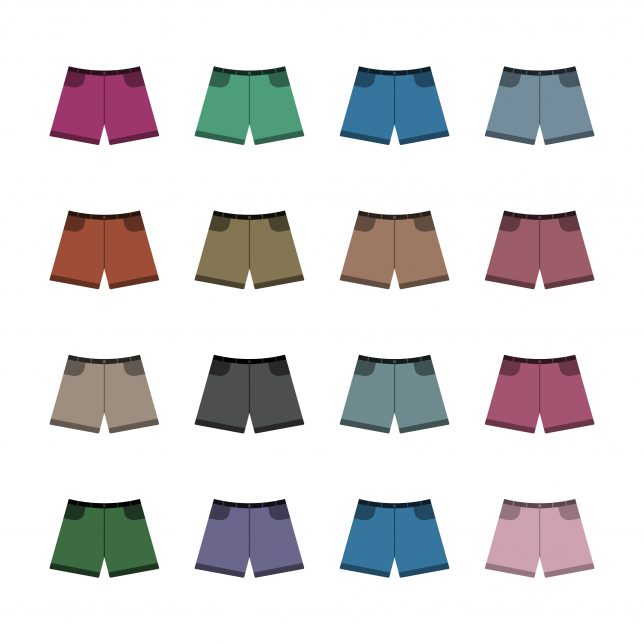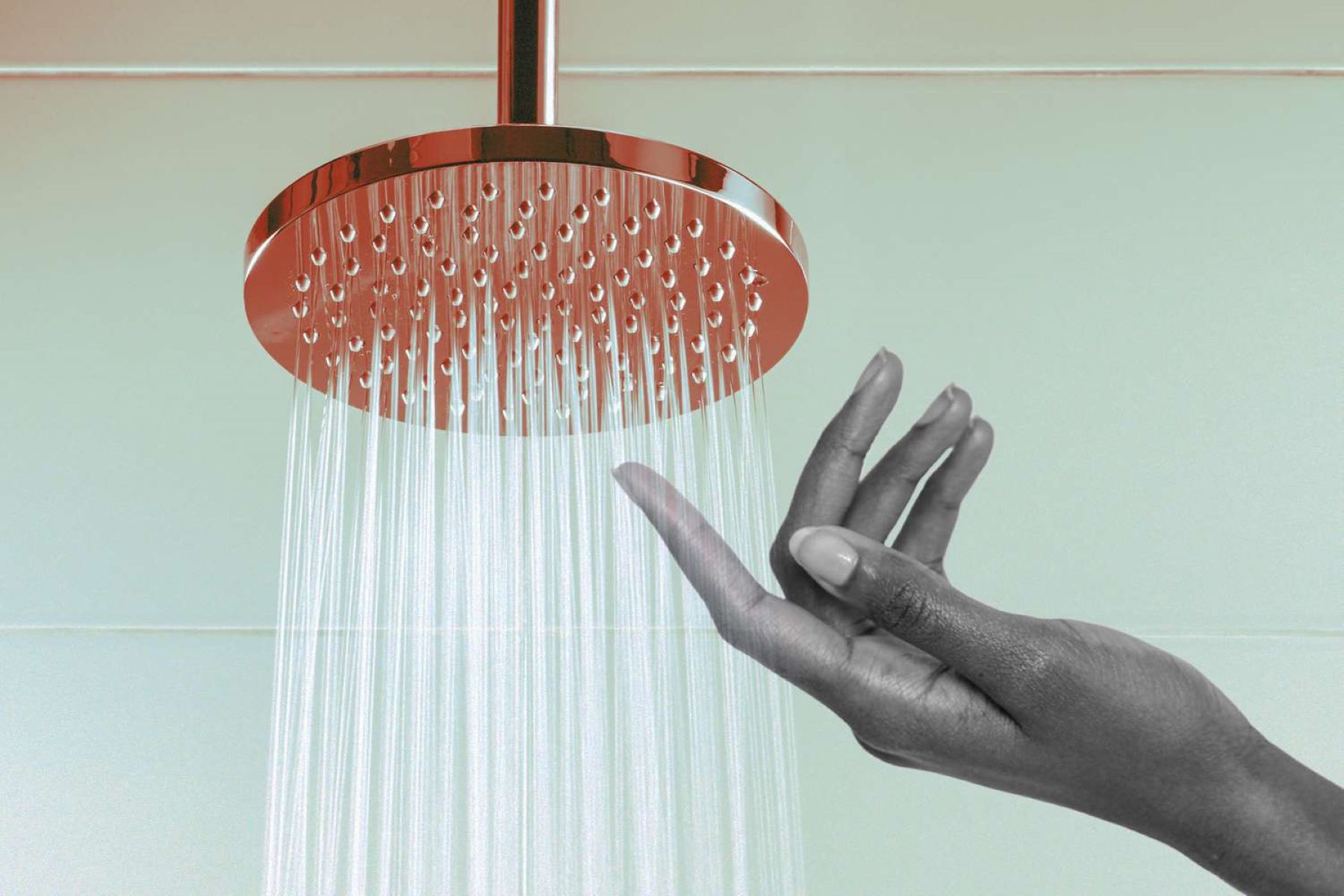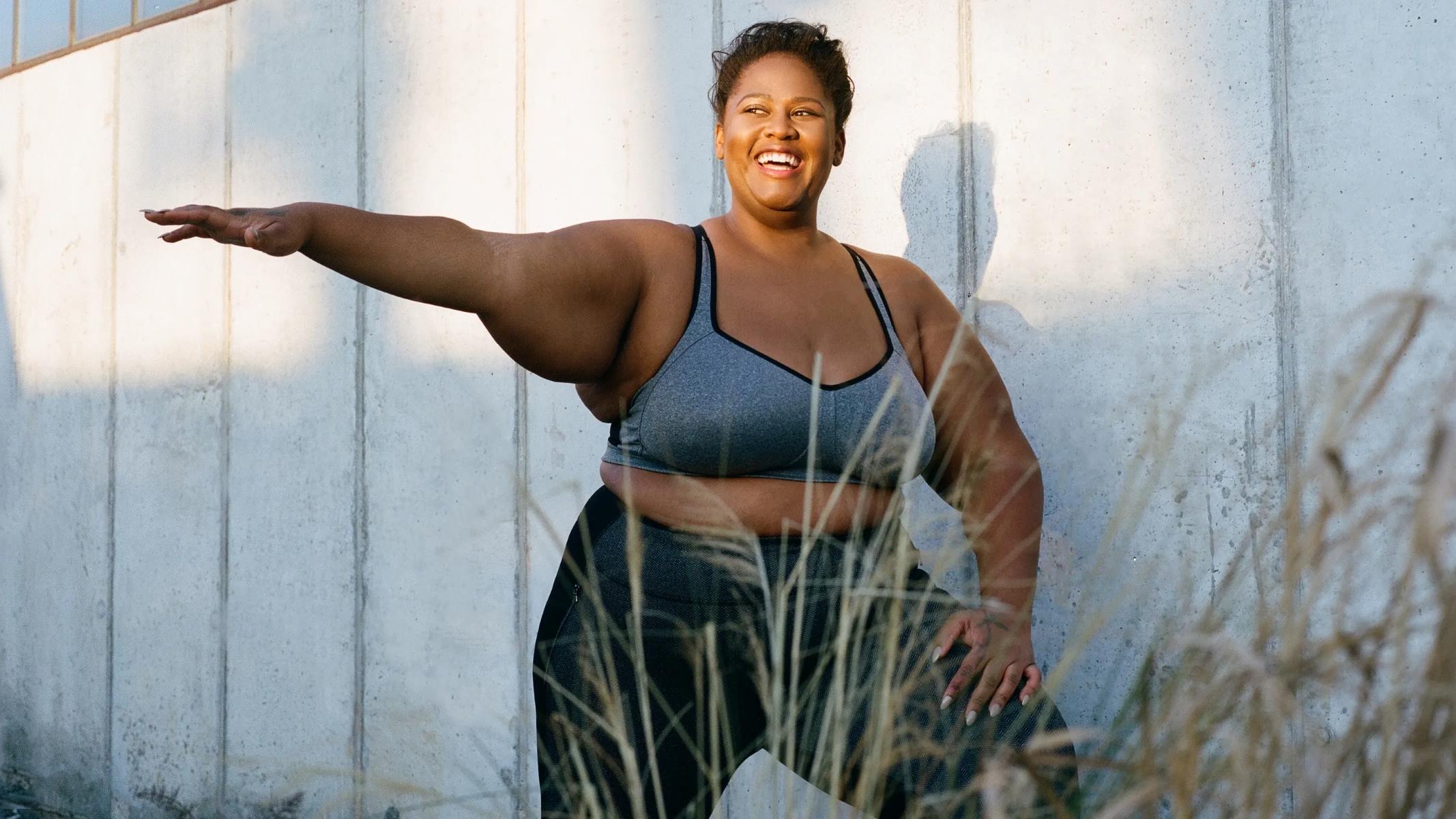Home>Shop by Feature>Design: Best Running Shorts>What Role Do Running Shorts Play in Temperature Regulation?


Design: Best Running Shorts
What Role Do Running Shorts Play in Temperature Regulation?
Modified: January 2, 2024
Gain insights into how running shorts can contribute to your overall comfort and performance by aiding in temperature regulation during various weather conditions.
When it comes to athletic performance, the devil is often in the details. One such detail that’s often overlooked is temperature regulation. Just as a car engine needs a functioning cooling system to perform optimally, so too does the human body, particularly when engaged in demanding physical activity like running. This is where the often-underappreciated running shorts come into play.
A Run Through Human Thermoregulation
Before we delve into the specific role of running shorts, it’s vital to understand the basics of human thermoregulation.
Our bodies strive to maintain a stable internal temperature around 37°C (98.6°F). While exercising, the body generates heat. To prevent overheating, it needs to lose excess heat, typically achieved through processes like sweating and increasing blood flow to the skin.
However, factors such as the external environment, clothing, and the type and intensity of exercise can affect these cooling mechanisms and the body’s overall temperature regulation.
Running Shorts to the Rescue
Given the challenge of maintaining optimal body temperature while running, what can a humble pair of shorts do? As it turns out, quite a bit.
Material Matters
The fabric of your running shorts plays a crucial role in managing body heat. Materials like polyester and nylon, often used in sports attire, are excellent at wicking moisture (sweat) away from the body. This wicking process allows for evaporation, which cools the body.
On the other hand, cotton absorbs moisture but doesn’t dry quickly, which can lead to a build-up of sweat and discomfort.
Let it Breathe
The design of running shorts often includes elements to improve breathability. Mesh panels and vented sides increase air circulation, helping to dissipate heat and dry sweat more quickly.
Color Counts
It might seem trivial, but the color of your running shorts can affect their heat absorption. Dark colors absorb more sunlight and can increase heat gain, while light colors reflect light, helping to keep you cooler.

Image from Adobe
The Right Fit
Loose-fitting running shorts can allow for better airflow, helping to cool the skin and evaporate sweat. Conversely, tight shorts may limit this airflow. However, some runners may prefer tighter shorts (like compression shorts) for other reasons, such as reduced chafing and muscle support.
Consider Your Climate
When choosing running shorts for temperature regulation, consider your local climate and weather patterns.
If you’re running in hot weather, choose shorts made from lightweight, moisture-wicking materials, preferably in light colors. Breathable design elements, like mesh panels, are also beneficial.
For cold-weather running, consider layered options. A base layer of tight, moisture-wicking shorts can help keep you dry, while an outer layer provides insulation.
Rainy or humid climates pose a unique challenge, as high humidity can impede sweat evaporation. Opt for shorts that are lightweight, highly breathable, and quick-drying.
Wrapping Up
The human body is a marvel of engineering, and keeping it running (pun intended) efficiently requires some thought. A good pair of running shorts is more than just an afterthought in your running gear—it’s a vital part of your body’s cooling system.
While they may not single-handedly control your body’s temperature, they play a significant role in supporting your body’s natural thermoregulation processes. With the right pair of running shorts, you can keep your cool, no matter how hard you’re pushing the pace.
FAQs
How do running shorts help regulate body temperature?
Running shorts help regulate body temperature by facilitating sweat evaporation, improving air circulation, and, depending on their color, reducing heat absorption from sunlight.
What material should my running shorts be made of for optimal temperature regulation?
For optimal temperature regulation, look for running shorts made from moisture-wicking materials like polyester or nylon. These materials help facilitate sweat evaporation, which cools the body.
Does the color of my running shorts affect temperature regulation?
Yes, the color of your running shorts can affect their heat absorption. Dark colors absorb more sunlight and can increase heat gain, while light colors reflect light, helping to keep you cooler.
How should the fit of my running shorts impact temperature regulation?
Loose-fitting running shorts can allow for better airflow, helping to cool the skin and evaporate sweat. However, some runners may prefer tighter shorts for other reasons, such as reduced chafing and muscle support.
What type of running shorts should I wear in different climates?
In hot weather, choose lightweight, moisture-wicking shorts in light colors. If you are running in cold weather, consider a layered approach with moisture-wicking and insulating layers. In humid or rainy climates, opt for shorts that are lightweight, highly breathable, and quick-drying.









